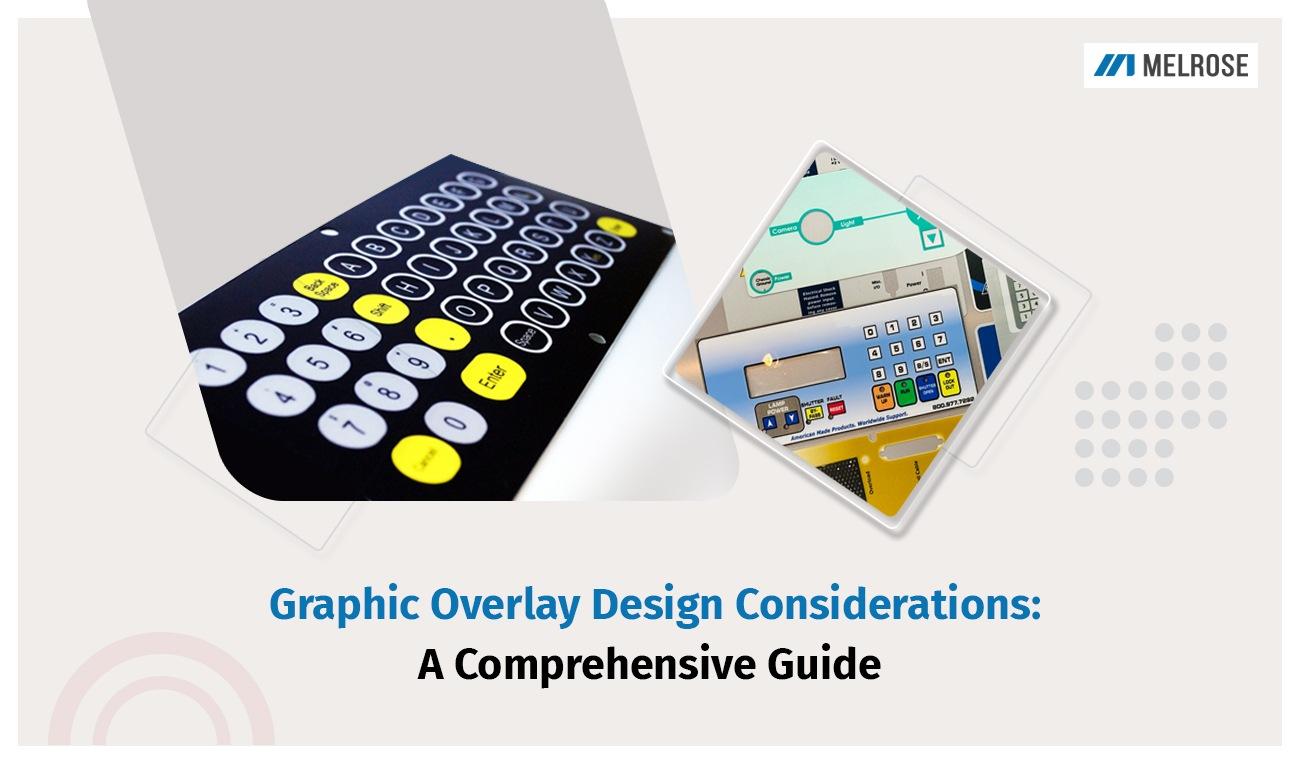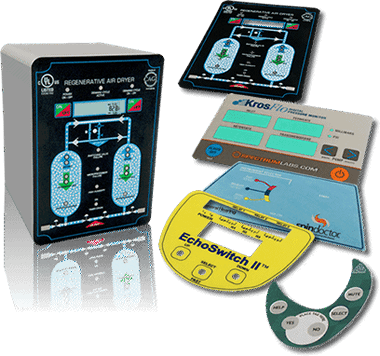Understanding Just How Graphic Overlays Work to Improve Your Creative Projects
Graphic overlays work as a crucial component in the realm of innovative projects, improving both aesthetic interaction and target market interaction. By understanding their capability and possible applications, one can efficiently raise not just the visual charm however additionally the clarity of complex information. However, the effective combination of these overlays requires cautious consideration of design principles and objectives. As we explore the numerous types and finest methods, it becomes apparent that the ideal technique can substantially influence project end results, leaving us to contemplate exactly how to harness these devices for optimal effect.
What Are Graphic Overlays?
Graphic overlays are visual elements that are positioned on top of a base photo or user interface to improve interaction and individual experience. They serve various purposes, consisting of giving additional information, directing individual interaction, and boosting aesthetic appeal. Typical applications of visuals overlays can be located in digital interfaces, marketing, and instructional products.

Graphic overlays are frequently produced using design software, enabling developers to manipulate size, color, and transparency to accomplish the wanted impact. They can be static or vibrant, with animations that attract the audience's eye and enhance involvement. The tactical use visuals overlays not only enhances aesthetic hierarchy but likewise aids in delivering a meaningful and clear message. Recognizing just how to properly carry out graphic overlays is essential for developers aiming to boost their imaginative tasks.

Benefits of Utilizing Graphic Overlays
Utilizing visuals overlays can significantly boost the performance of visual communication across different mediums. Among the key benefits is the capacity to convey complicated info succinctly. By layering graphics, message, and photos, overlays facilitate the discussion of information in a more digestible layout, making it much easier for audiences to comprehend essential principles quickly.
Moreover, graphic overlays can boost aesthetic charm, accentuating details components within a style. This is specifically useful in advertising and advertising, where catching the customer's interest is vital. The strategic usage of shades, shapes, and typography in overlays can develop a natural and appealing aesthetic narrative, enhancing brand name acknowledgment.
Additionally, visuals overlays offer adaptability in design. They allow makers to adjust content for various platforms without going back to square one, guaranteeing consistency across different networks. This flexibility is important in today's digital landscape, where web content should be optimized for diverse gadgets and layouts.
Kinds Of Graphic Overlays
When thinking about the numerous kinds of visuals overlays, it is crucial Look At This to recognize their varied applications throughout various markets. Graphic overlays can be classified mainly into three kinds: practical, ornamental, and informative.
Functional overlays are designed to boost the use of a product. Commonly found in digital tools, these overlays commonly give responsive comments with increased switches or textured surface areas, boosting user communication. They can also act as a protective layer, securing the underlying components from deterioration.
Decorative overlays focus on visual enhancement, permitting brand names to reveal their identity via lively layouts and personalized graphics. These overlays prevail in product packaging, advertising and marketing, and point-of-sale materials, where visual charm is important for attracting customers.
Informative overlays, on the other hand, are used to convey vital information or guidelines. They can be seen in applications such as signage, user handbooks, and training graphics, where clarity and readability are extremely important.
Each kind of graphic overlay offers an one-of-a-kind function, contributing to the overall efficiency of innovative projects while resolving specific requirements within numerous sectors. Comprehending these differences is important for picking the ideal overlay for your project.
Best Practices for Execution
To guarantee the successful implementation of graphic overlays, it is essential to establish a clear understanding of the job's purposes and the specific needs of the end-users. Begin by conducting extensive research study to identify the target market and their choices, as this will certainly inform design choices and capability.
Next, create a thorough plan that describes the overlay's integration, objective, and layout procedure. This strategy must see here include customer interface considerations, guaranteeing that overlays enhance as opposed to obstruct the individual experience - Graphic Overlays. Take into consideration the aesthetic hierarchy and maintain uniformity in layout components, such as shade font styles, schemes, and icons, to promote brand comprehensibility
Evaluating is crucial; gather comments from a representative sample of users to identify possible check over here issues and locations for renovation. Repeat on the layout based on customer input and efficiency data. Additionally, guarantee compatibility across numerous devices and platforms to optimize access.
Tools for Developing Overlays
Developing effective visuals overlays needs the right devices to translate layout ideas into functional applications. Different software application and platforms are available, each tailored to particular demands and skill degrees.
Adobe Photoshop and Illustrator are industry requirements, offering considerable capabilities for developing and manipulating overlays. These tools provide innovative functions such as layer administration, blending settings, and vector graphics, making it possible for designers to produce complex and premium overlays.
For those looking for an extra user-friendly method, Canva and Figma are superb choices (Graphic Overlays). Canva's user-friendly user interface enables individuals to produce overlays swiftly making use of pre-designed themes, while Figma helps with collective style in real-time, making it perfect for teams
Additionally, open-source options like GIMP and Inkscape offer robust capabilities without the linked prices of exclusive software. These devices enable versatility in layout and can fit different file layouts, ensuring compatibility across different systems.

Final Thought
Finally, graphic overlays offer as effective devices for enhancing imaginative tasks by giving visual clarity, visual appeal, and brand name uniformity. Their diverse applications, varying from practical to decorative, underscore their flexibility in communication. Abiding by ideal methods and using proper tools guarantees efficient execution and makes best use of the impact of overlays. By understanding the basic principles and benefits related to visuals overlays, creators can substantially enhance the high quality and performance of their aesthetic communications.
Graphic overlays offer as a crucial element in the world of creative tasks, enhancing both visual communication and audience involvement.Graphic overlays are typically created using style software, enabling developers to manipulate openness, dimension, and shade to accomplish the wanted effect.In addition, visuals overlays can enhance visual charm, attracting interest to specific elements within a design.Furthermore, visuals overlays supply versatility in style.In conclusion, visuals overlays serve as effective devices for improving creative tasks by providing visual quality, visual appeal, and brand name consistency.